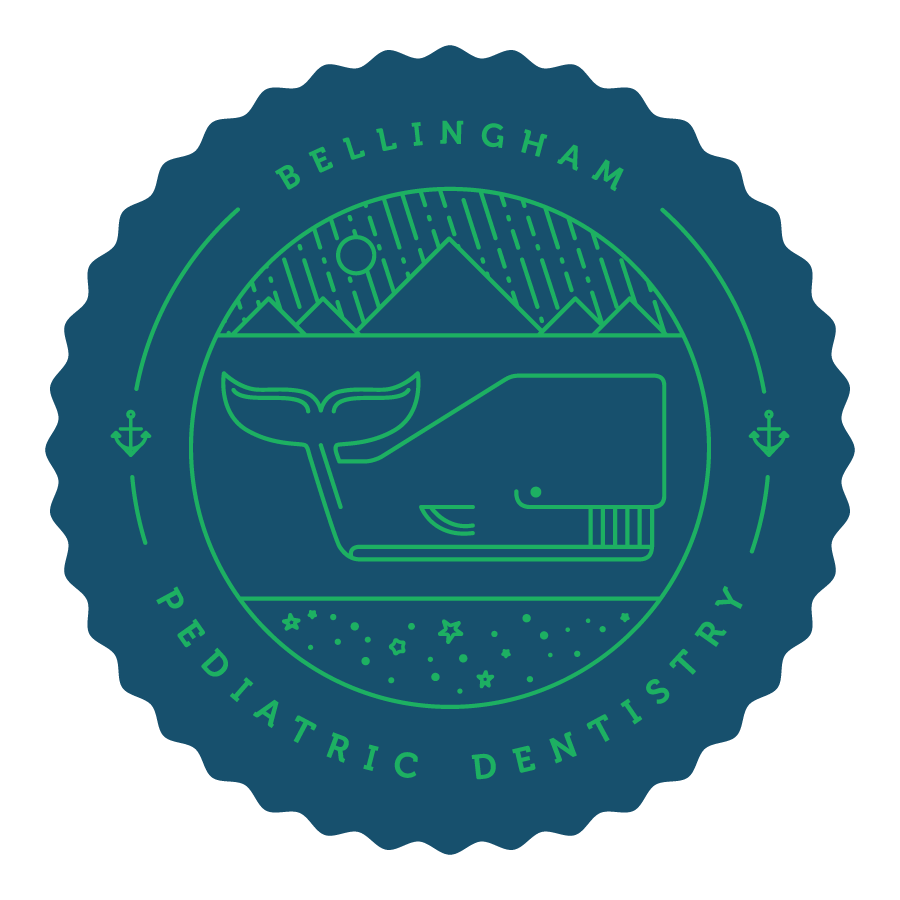Tongue Ties and Lip Ties
“
When I began providing tongue tie and lip tie releases (frenectomies) many years ago, I found it to be one of the most rewarding procedures. With the help of a lactation consultant, the frenectomy can often help and correct breastfeeding issues, which can give prompt results and an enriched quality of life for the dyad of mother and newborn.”
What is a Frenectomy and why is it needed?
Our mouths have several bands of tissue called frenums. When there is an abnormal development of those frenums, a tethered oral tissue (TOT) occurs. These are often known as tongue ties (ankyloglossia) and lip ties.
If left untreated, these ties can result in restrictions in movement that can cause significant difficulty with breastfeeding, and in some instances, other health problems like dental decay or spacing, speech difficulties, and digestive issues.
A frenectomy is a procedure that releases the frenum. Our office utilizes numbing medication and laser release of ties. We believe in treating all our patients with compassion and that starts when they are just infants! We know that infants can feel pain and we numb accordingly. We utilize the laser to efficiently release the frenums tethering the genioglossus muscle (for tongue ties) or the orbicularis oris (for lip ties) and this technique results in a diamond shape wound. The laser helps to minimize post-operative bleeding. We provide each family with detailed aftercare instructions to help ensure success, as well as encourage more visits with their lactation consultant or speech language pathologists.
“Tongue Tie” before the frenectomy procedure
Early indicators of lip or tongue ties are nursing/feeding difficulties that may include:
Symptoms for Babies
Ineffective or poor latch onto breast
Prolonged feeding times
Unsatisfied hunger after long feeding
Falls asleep easily while feeding
Gumming or chewing on nipple
Poor weight gain or failure to thrive
Gas, colic symptoms and/or reflux, including vomiting
Upper lip blister
Clicking sounds during feeding
Symptoms for Mothers
Nipple trauma: cracked, bruised, bleeding, blistered, creased, blanched, or flattened nipples
Severe pain with latch during nursing
Continued pain during nursing
Incomplete breast drainage
Reduction of milk flow
Infected nipples
Mastitis or nipple thrush
Recurring plugged ducts
Please contact our office for any additional questions or recommended referrals to local lactation consultants, speech language therapists, or physical therapists. (360) 676–7130

